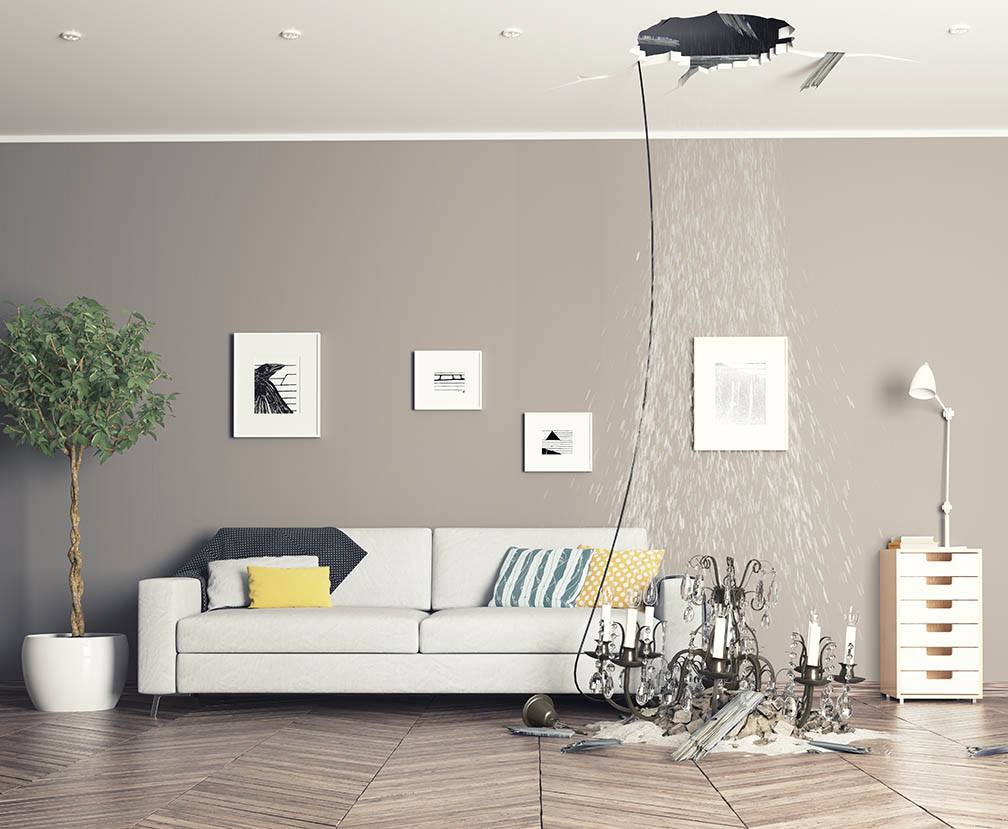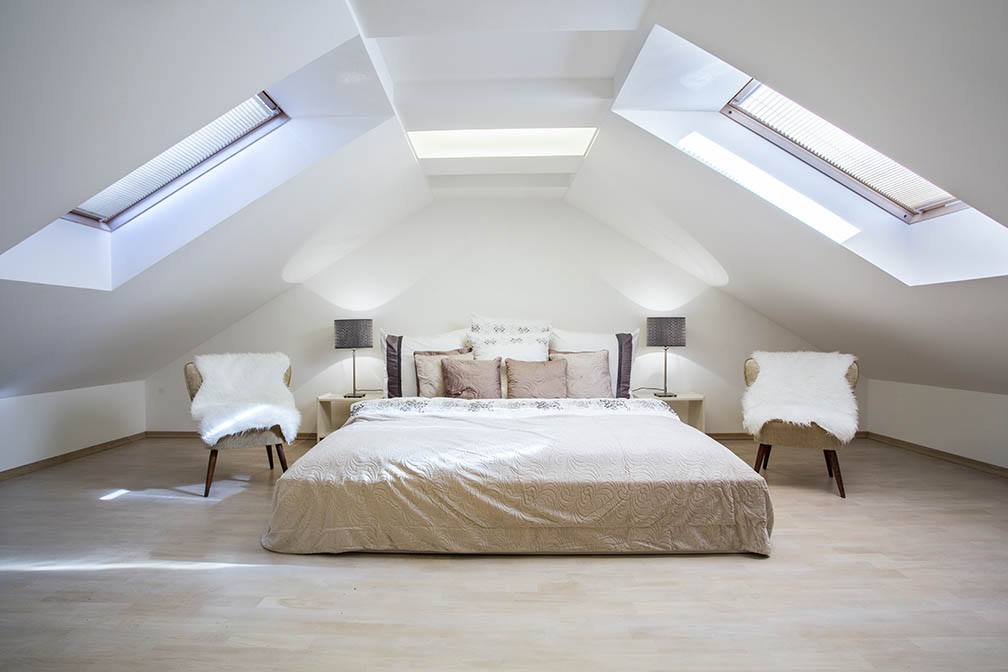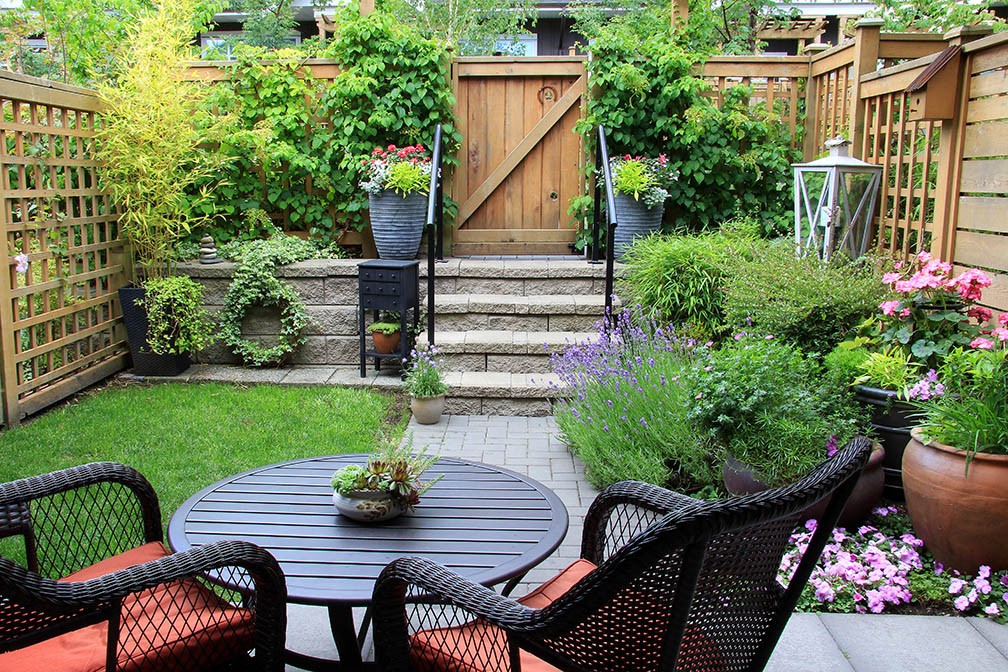3 Home Renovation Lessons That You Won’t Want to Learn the Hard (or Expensive!) Way
 Most people make a number of home upgrades when the time comes to put their home on the market, whether they’re minor fix-ups or significant improvements that come with a high cost. However, it’s important to determine what will improve the value of your home and what renovations you can forget before you move forward with any updates. If you’re wondering how to plan for your renovations, here are three things to ponder before getting started.
Most people make a number of home upgrades when the time comes to put their home on the market, whether they’re minor fix-ups or significant improvements that come with a high cost. However, it’s important to determine what will improve the value of your home and what renovations you can forget before you move forward with any updates. If you’re wondering how to plan for your renovations, here are three things to ponder before getting started.
Make (And Stick!) To A Budget
If there’s a certain offer price you’re looking for in your home, it’s important to go into home renovations with a clear head and decide beforehand how much you’re willing to spend. You certainly won’t be able to do everything, but by doing the little fix ups, adding a coat of paint and removing some outdated design features, you can likely spend less for a lot more value. The only thing to keep in mind is that once you’ve decided on a budget, you should try to stay within it!
Choose Complimentary Improvements
From year to year, what’s popular in the design market changes and it can be tempting to try and test out the trends in the hopes of garnering a higher price. However, simply because something is trendy does not mean that it’s going flatter the aesthetic of your home. Instead of choosing things that are trendy but out of place, opt for changes that will complement the home you have and add value at the same time.
Re-Consider An Extra Room
Many homeowners in recent years have been strong believers in quantity over quality, and this means many people have invested in renovations to add a second bedroom or a den. It might seem like an extra room is ideal no matter what, but if you’re cutting into your kitchen, living room or extra space, it can completely change the aesthetic of your home. With open floor plans becoming more popular, you may want to stick with fewer rooms that will garner more interest.
There are so many renovations that can instantly improve the value of your home, but it’s important to determine what will compliment your home and how much you want to spend before committing to anything.
 The attic may be one of the spaces in the house that everyone prefers to avoid, but many people forget that an attic can be a great place for a bedroom or an additional living room. If you’re wondering how you can go about upgrading your attic for everyday use, here are some things to think about before you move forward.
The attic may be one of the spaces in the house that everyone prefers to avoid, but many people forget that an attic can be a great place for a bedroom or an additional living room. If you’re wondering how you can go about upgrading your attic for everyday use, here are some things to think about before you move forward. It’s great to have a yard in this day and age, but so many new developments in the city have limited green space for you to let your imagination run wild. If you’re wondering what you can do with your patch of green space or small yard, here are a few options for making it aesthetically appealing and still maximizing its potential.
It’s great to have a yard in this day and age, but so many new developments in the city have limited green space for you to let your imagination run wild. If you’re wondering what you can do with your patch of green space or small yard, here are a few options for making it aesthetically appealing and still maximizing its potential.